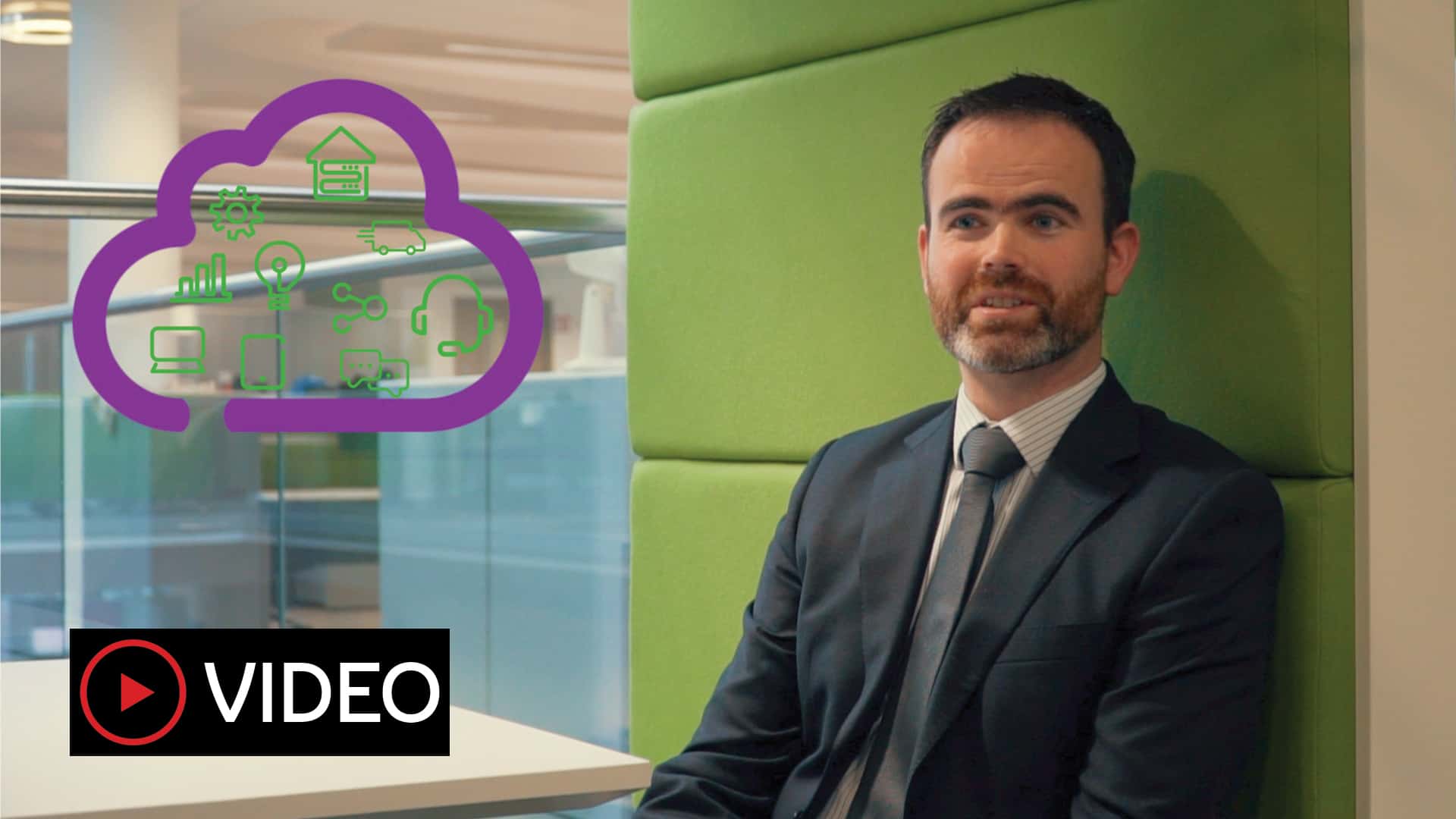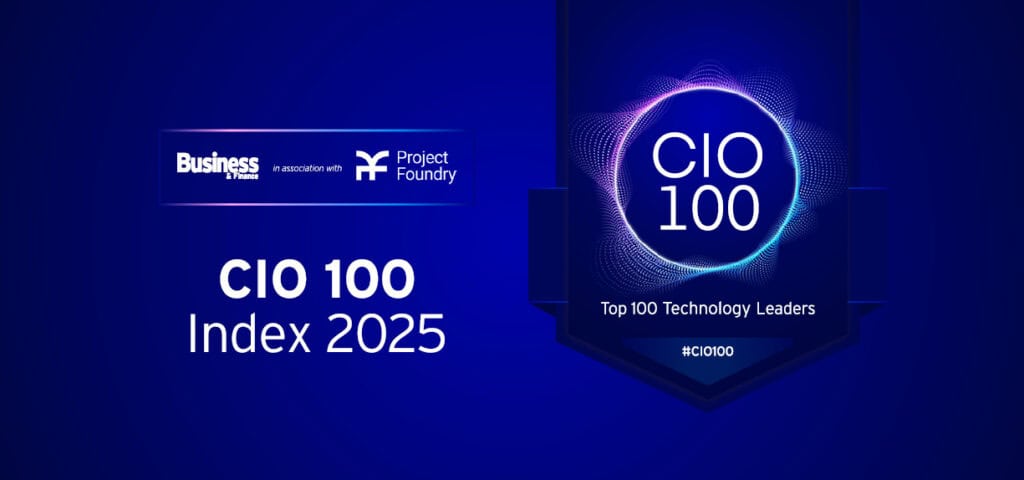Damian Duffy, Head of IoT at eir Business, explains the benefits of keeping it simple when it comes to the complicated subject of IoT networks.
partner content in association with eir
IoT stands for the Internet of Things. In the simplest terms possible, it means any device with an on/off switch can be connected to the Internet – from your home heating to vending machines to CCTV cameras. It can also apply in industrial contexts – for instance the drill of an oil rig. Technology research firm Gartner predicts that there will be over 26 billion connected devices by 2020 – “a pervasive digital presence…throughout business process and operations”.
IoT is the foundation of the modern digital business. The question is not ‘if’ IoT will work for your business, but ‘how’ it will work for your business. In order to introduce IoT innovation to your business it is essential to create a planning team within your organisation that includes not only IT executives but also people from the business and operations side. Leveraging IoT may involve disrupting processes that have gone unchanged or unquestioned for a long time, and requires buy-in from across all sectors of the business.
The benefits offered by leveraging IoT innovation are too great to ignore: it facilitates new digital business models, gives competitive advantage, increases efficiency, streamlines processes, and can lead to better employee and customer engagement. It’s important to set out your strategic business objectives at the start of any IoT innovation project, and keep aligned to the use-case outcomes you need to see to deliver on those business objectives.
Damian Duffy, Head of IoT at eir Business, says he works with a lot of customers who are new to the IoT space. “Many have never deployed a machine-to-machine network before,” he says. “It’s terrifically exciting to work in at the moment as we are starting to see real business benefits for customers who are deploying these type of services within their organisations.”
Damian Duffy tells me that at eir Business, “We work with customers right through the process to make sure that the equipment they ultimately roll out to the field not only fulfils the real-world requirements but also complies with security constraints.”
On a large IoT network, with potentially hundreds or thousands of end-point devices, Damian argues that the simpler those devices are, there can be significant benefits in the costs, set-up, operation maintenance and updates to the network. Watch the video, where he explains why.
Want to talk more about IoT and your business. Connect with Damian Duffy.







